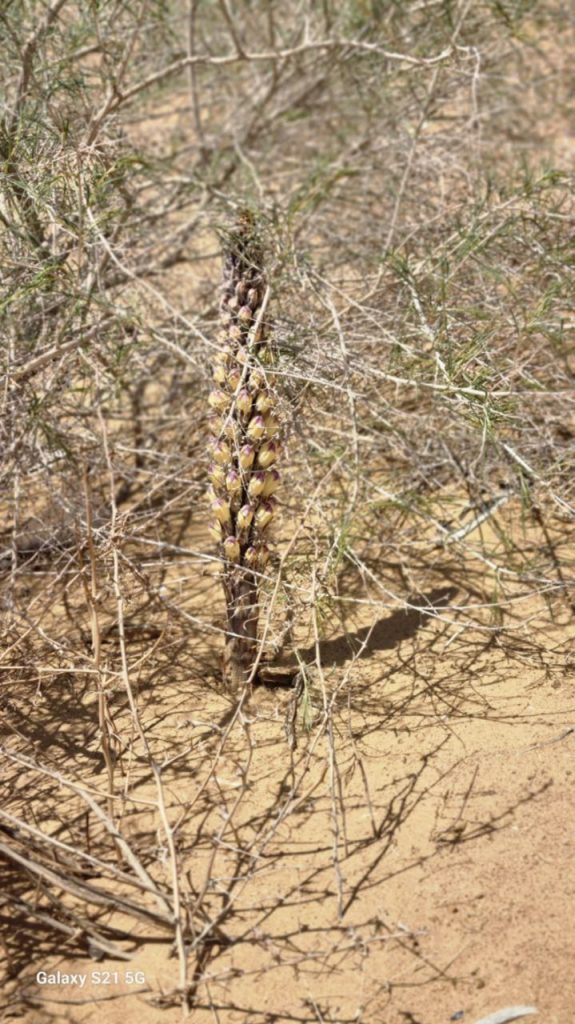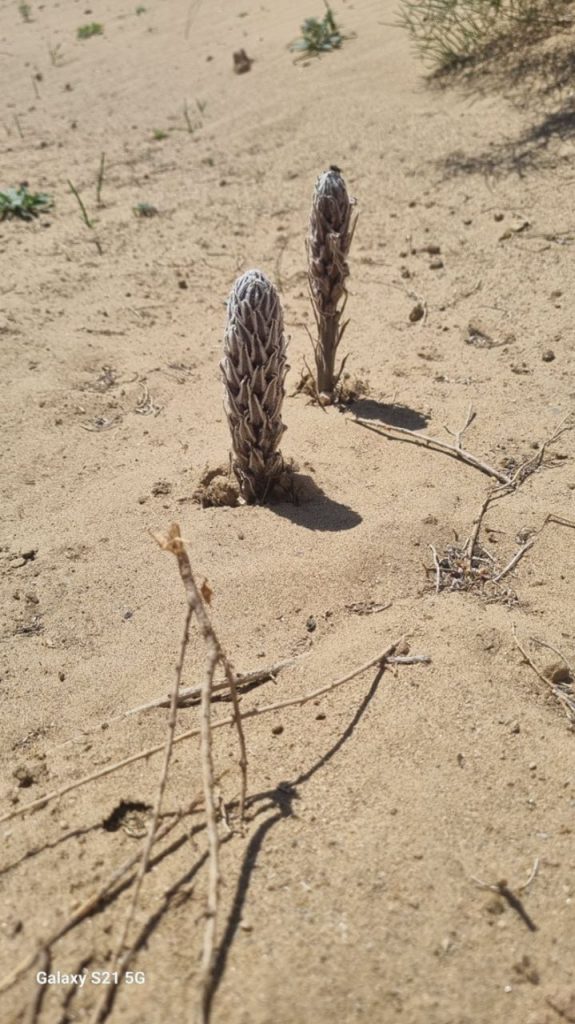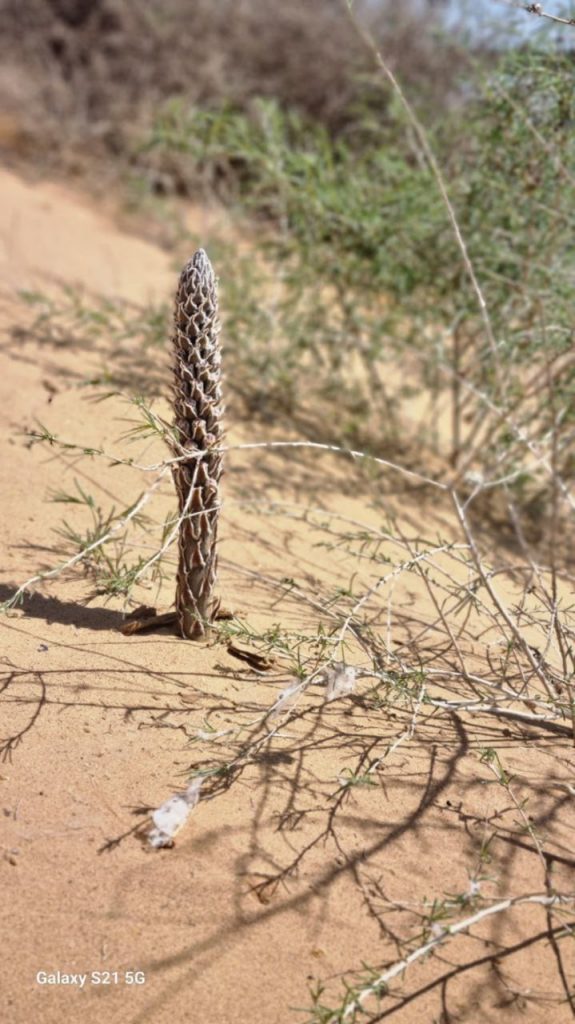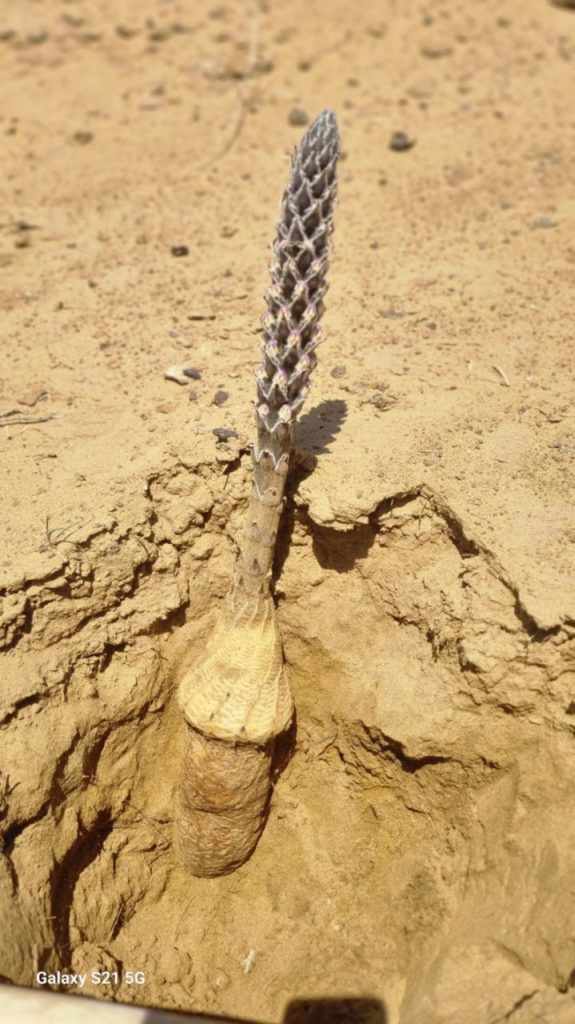Planting Cistanche: Cooperation with OISCA
Researcher of the Institute of Agriculture and Agrotechnologies of Karakalpakstan and Head of the project of OISCA (Japan) professor Satoshi Togashi and Japanese students from Chiba University and Tohoku university which are studying at IAAK, and PhD Students B. Tajimuratov and J. Akseyitov are planting Cistanche to the fields of institute and the other regions of the Republic of Karakalpakstan.
Cistanche is a genus of plants known for their medicinal properties and is often used in traditional medicine. Planting Cistanche can offer several advantages:
Medicinal Uses: Cistanche plants contain bioactive compounds that have been studied for their potential health benefits. These compounds may have antioxidant, anti-inflammatory, immunomodulatory, and anti-fatigue properties, among others.
Traditional Medicine: In traditional Chinese medicine (TCM) and other traditional healing systems, Cistanche is used to treat various ailments such as kidney deficiency, impotence, constipation, and fatigue. Planting Cistanche provides a natural source for obtaining medicinal herbs for these purposes.
Ecosystem Services: Cistanche plants can contribute to ecosystem services such as soil stabilization, erosion control, and habitat restoration. They may also play a role in supporting pollinators and other wildlife species.
Economic Value: Cultivating Cistanche can have economic benefits for farmers and local communities. The plants can be harvested and sold for medicinal purposes, providing income opportunities and contributing to rural livelihoods.
Environmental Benefits: Planting Cistanche can contribute to biodiversity conservation and ecosystem restoration efforts. By reintroducing native species into degraded habitats, it can help restore ecological balance and promote sustainable land management practices.
Research and Development: Cultivating Cistanche provides opportunities for research and development in pharmacology, agronomy, and related fields. Studying the plant’s cultivation, biochemistry, and medicinal properties can lead to innovations in agriculture and healthcare.



Overall, planting Cistanche can have multiple benefits, ranging from medicinal and economic advantages to environmental and ecological benefits. However, it’s essential to consider factors such as proper cultivation techniques, sustainable harvesting practices, and conservation efforts to ensure the long-term viability of Cistanche populations and their ecosystems.
 (+99861) 229-27-01
(+99861) 229-27-01

 ftga_info@edu.uz
ftga_info@edu.uz






















